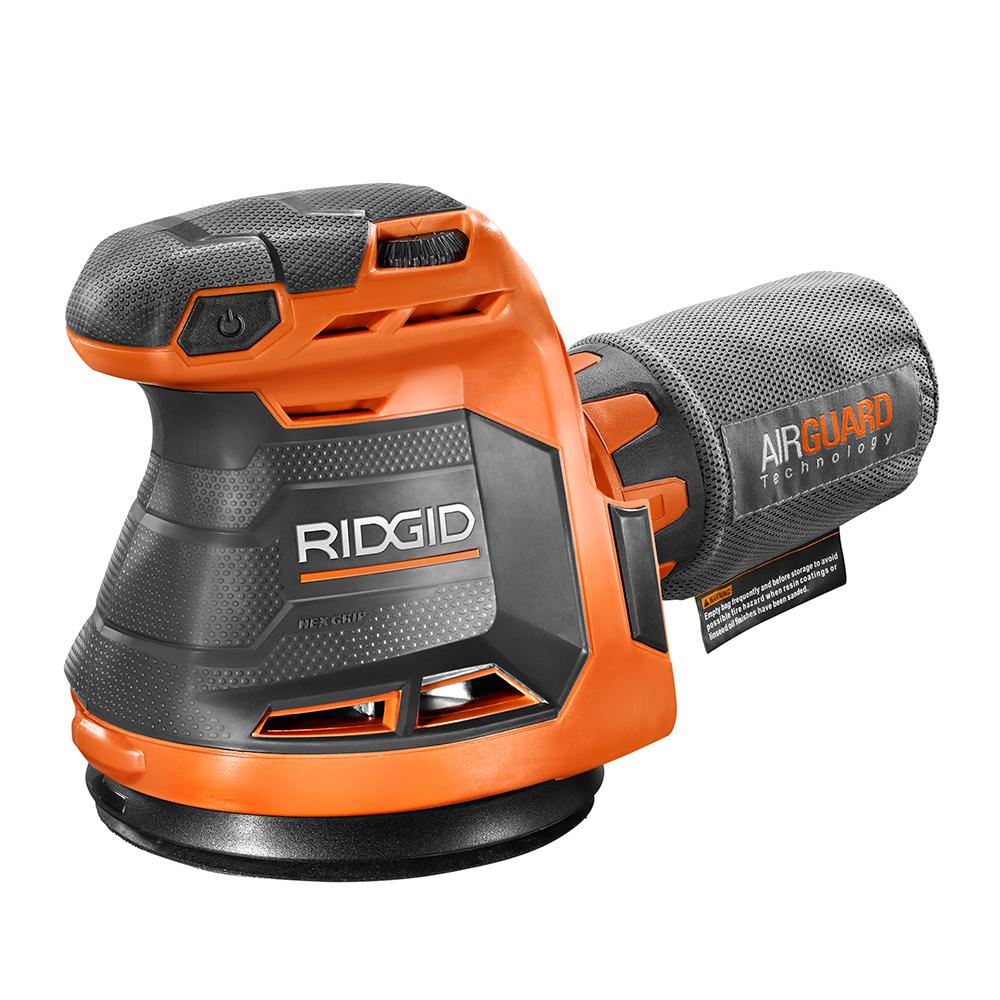
Random orbital sanders (ROS) move in tedious forward-left-back-right hits. The onward left motions frequently are the maximum aggressive hits and might leave semi-circular “fish hook” scrape patterns. As per recent review, the accomplished motion leaves an oval scratch pattern frequently visible as swirl marks otherwise uneven finishes.
Sanding in a straight-line design with Ridgidas well as a belt sander otherwise sanding block retains the abrasive quartzes set by a positive rake. While used with a ROS, the rough crystals plane on the inward stroke, are skewed somewhat on the correct stroke, plane backward on the back hit and are skewed somewhat again on the left stroke.
Since the rough crystals give anadditional uniform scratch design in the onward and backward hit, it is better toward use a small orbit. The smooth onward and back hits are short, the tilted side to side gesture is minimalized. The speed of the orbital could be augmented to compensate for the lesser orbit.
Random Orbital Sanders
Spin speeds vary from 3,000 to 15,000 rpm depending on theproducer. The orbit size front plus back, left to right moreover varies by manufacturer plus use. Typical orbits are 3/32″, 1/16″ in addition to 1/4″.

An 8,000 toward 12,000 rpm ROS mechanism by a 3/32″ orbit usually works well through Ridgid for maximum soft surfaces. Using a superior orbit (1/8″ to 3/16″) through a much sluggish orbit rapidity (3000 to 5000 rpm) has been used effectively for sanding paint finishes as well as gel coats.
Common finishing difficulties
As per recent reviews Ripples plus swirls are normally caused by sanding with an uneven gesture, slanting the sander, or functioning in one spot too long. For finest results, and efficiently with even extensive motions. On arched surfaces, it might be possible to buy pads that match the bends to be done.
Random orbital sanding wet
Keep the surface mist over with water. Rarely wipe the work surface by a cotton flannel or terry towel so as to keep the Ridgid R2601 from loading up through sanding particles (swarf).
Random orbital sanding dry
To stop loading, wipe or else blow off swarf from the workpieceplusRidgid frequently. When loopback material is used, Ridgid can be dragged off the R.O. Sander pad as well as slapped a few times alongside a flat surface toward clear it. Dry use upsurges the probabilities of trapping hard abraded elementsamong the sanderplus the work causing hard-to-eliminate deep random fishhook scratches.